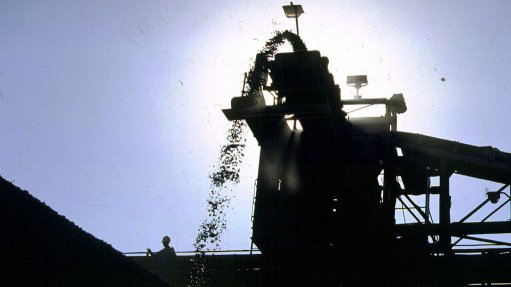
JOHANNESBURG (miningweekly.com) – As the amendments to the Mine Health and Safety Act reached the public for input, concerns arose about the power the Mineral Resources Minister would wield in decision-making.
The revised legislation, gazetted on November 15, could result in the irrelevance of a key mine safety body, the Mine Health and Safety Council.
Speaking to Mining Weekly Online, Webber Wentzel partner Kate Collier explained that certain aspects of the amended legislation allow the Minister discretion in declaring what work was deemed hazardous and what environmental condition or substance was a health hazard, besides others.
The Minister could also declare that any provision of the Occupational Health and Safety Act, No 181 of 1993, must apply to a mine.
The amendment would remove the involvement of the body, as the revision removed the obligation of the Minister to consult the council on certain matters.
The Department of Mineral Resources said the amended Bill aimed to rationalise administrative processes, review enforcement provisions and reinforce offences and penalties.
But Collier commented that the Act, in its current form, was “perfectly good” if enforced and monitored correctly – a challenge that would persist even if the Act was changed.
She further questioned the method of determining how offending mining companies would be fined.
“Currently, there is a R1-million fine an offence and it is proposed that this will be amended to a fine not exceeding 10% of the company's yearly turnover for the period during which it failed to comply with the relevant provision,” she explained.
However, Collier questioned how three days of contraventions would be calculated against this, or how an exploration firm, or other mining group – which was not generating turnover – would be penalised.
That said, the new Bill presented some benefits, she added, noting that the Act would distinguish between employees of an operator and employees of the mining right holder in a section that previously deemed anyone working on the mine to be employed by the mining right holder.
However, neither this Bill nor the preceding Act confirmed the scope of mining and nonmining activities on the operations.
Some activities were not related directly to mining and legal certainty regarding these activities under the scope of the Act was called for.
“While the Bill purports to focus on outputs rather than rule-driven and prescriptive approaches, it is unlikely to achieve this goal in its current form,” Collier added, calling on stakeholders to consider the impact the revised legislation would have on their operations and to submit their views.